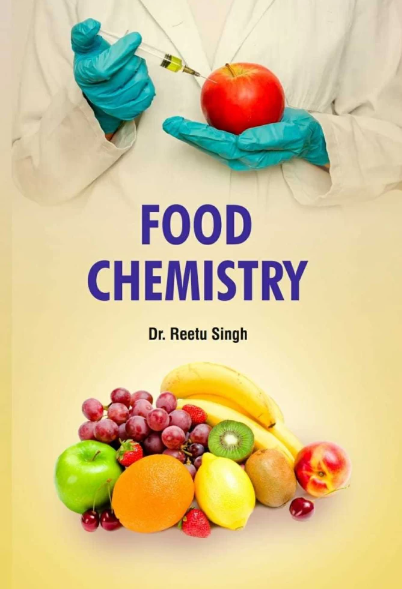蛋白质组学分析揭示了新鲜果汁和加工果汁的差异:非浓缩橙汁的案例
IF 9.8
1区 农林科学
Q1 CHEMISTRY, APPLIED
引用次数: 0
摘要
采用串联质量标签pro-labeled nano-UHPLC-Orbitrap Fusion MS对鲜橙汁和加工橙汁进行蛋白质组学比较分析,对4793个蛋白进行了全面注释。定量分析发现,与新鲜果汁相比,巴氏灭菌和高压处理的果汁中有90种和37种差异丰富的蛋白质(DAPs)。基因本体富集表明,加工果汁中丰度较高的DAPs主要与细胞器的细胞成分相关,表明加工过程中细胞受到破坏。在巴氏灭菌果汁中观察到更大的细胞结构紊乱,这可能有助于增强蛋白质释放。值得注意的是,加工果汁中减少的12种蛋白质主要是酶,其中果糖-二磷酸醛缩酶表现出显著的变化,并被选为加工标记。分子动力学模拟表明,加工过程导致了标记物的结构变化,表现为α-螺旋减少和随机线圈升高,可能导致构象不稳定,易于降解。本研究首先利用蛋白质组学区分了新鲜橙汁和加工橙汁。本文章由计算机程序翻译,如有差异,请以英文原文为准。


Proteomics analysis reveals differences in fresh and processed fruit juice: A case of not from concentrate orange juice
Comparative proteomics of fresh versus processed orange juice was analyzed using tandem mass tag pro-labeled nano-UHPLC-Orbitrap Fusion MS, achieving comprehensive annotation of 4793 proteins. Quantitative analysis identified 90 and 37 differentially abundant proteins (DAPs) in pasteurized and high-pressure-processed juice, compared to the fresh juice. Gene ontology enrichment revealed that DAPs with higher abundance in processed juice were predominantly associated with cellular component of organelles, indicating cell disruption during processing. Greater disturbances in cell structure were observed in pasteurized juice, which may contribute to enhanced protein release. Notably, the 12 proteins that decreased in processed juice were primarily enzymes, with fructose-bisphosphate aldolase exhibiting significant variation and selected as processing marker. Molecular dynamics simulations revealed that processing led to structural change of the marker, manifesting as α-helix reduction and random coil elevation, probably resulting in conformational destabilization prone to degradation. This study firstly differentiates the fresh and processed orange juices using proteomics.
求助全文
通过发布文献求助,成功后即可免费获取论文全文。
去求助
来源期刊

Food Chemistry
工程技术-食品科技
CiteScore
16.30
自引率
10.20%
发文量
3130
审稿时长
122 days
期刊介绍:
Food Chemistry publishes original research papers dealing with the advancement of the chemistry and biochemistry of foods or the analytical methods/ approach used. All papers should focus on the novelty of the research carried out.
 求助内容:
求助内容: 应助结果提醒方式:
应助结果提醒方式:


